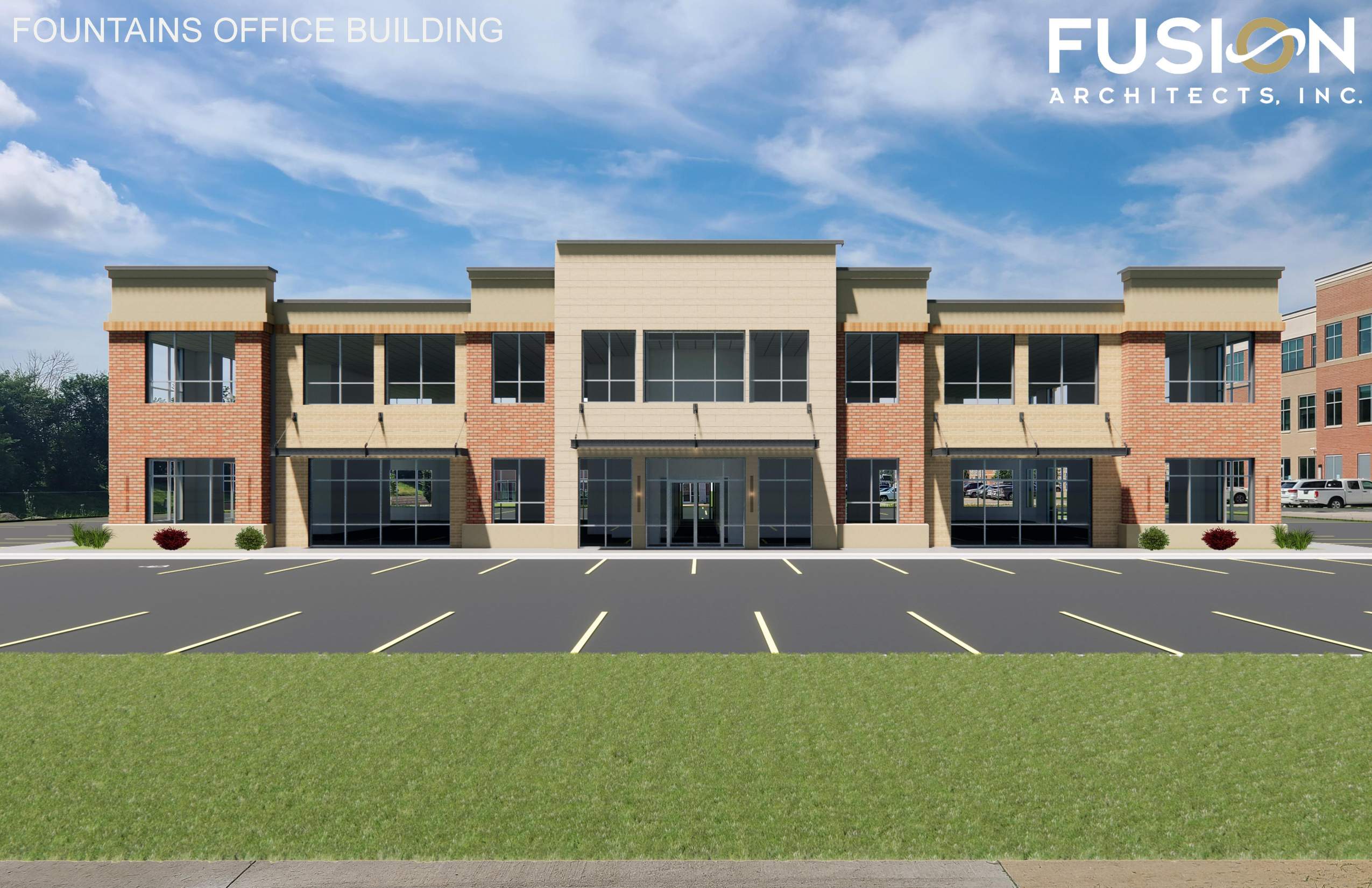Investing in commercial real estate presents a promising opportunity, yet understanding the distinctions between property types is essential. Two prevalent types of properties in commercial real estate are multi-tenant and single-tenant properties, each presenting distinct pros and cons. Let’s explore these factors within the commercial real estate landscape as a guide to assist your investment decision-making process:
Multi-Tenant Properties:
Pros:
Diversified Income Streams: Multi-tenant properties accommodate multiple businesses, yielding diverse income streams. This diversification mitigates the risk of revenue loss due to vacancies, fostering stable cash flow.
Lower Vacancy Risk: Even if one tenant departs, the presence of other occupants minimizes the impact of vacancies, ensuring consistent rental income.
Flexible Lease Terms: Hosting multiple tenants allows for varied lease terms and rental rates, enabling adaptability to market fluctuations.
Cons:
Management Challenges: Handling multiple tenants entails complexity and time investment. Effective management strategies are imperative to address turnover, maintenance, and tenant conflicts efficiently.
Shared Responsibilities: Operational costs are shared among tenants, potentially leading to disputes over expenses and responsibilities.
Higher Turnover Rate: The presence of multiple tenants may result in higher turnover rates, necessitating continuous tenant acquisition efforts.
Single-Tenant Properties:
Pros:
Simplicity in Management: With only one tenant to manage, operational tasks are streamlined, requiring attention to a single lease agreement and maintenance responsibilities.
Longer Lease Terms: Single-tenant properties often feature extended lease terms, ensuring stability and predictable income over prolonged durations.
Potential for Triple Net Leases: Single-tenant properties may offer triple net leases, where tenants bear property taxes, insurance, and maintenance costs, providing a hands-off investment option for property owners.
Cons:
Higher Vacancy Risk: The departure of a single tenant entails complete vacancy until a replacement is secured, potentially leading to significant financial losses.
Limited Diversification: Dependency on a single tenant exposes investors to the success and stability of that particular business, impacting investment returns directly.
Negotiation Challenges: Negotiating lease terms with a single tenant may pose challenges, with less leverage compared to multi-tenant properties.
Commercial real estate investments in multi-tenant and single-tenant properties offer distinct advantages and challenges. The optimal choice depends on your investment objectives, risk tolerance, and management capabilities. Thorough consideration, supplemented by advice from experienced real estate professionals, ensures a well-informed investment decision tailored to your circumstances.










